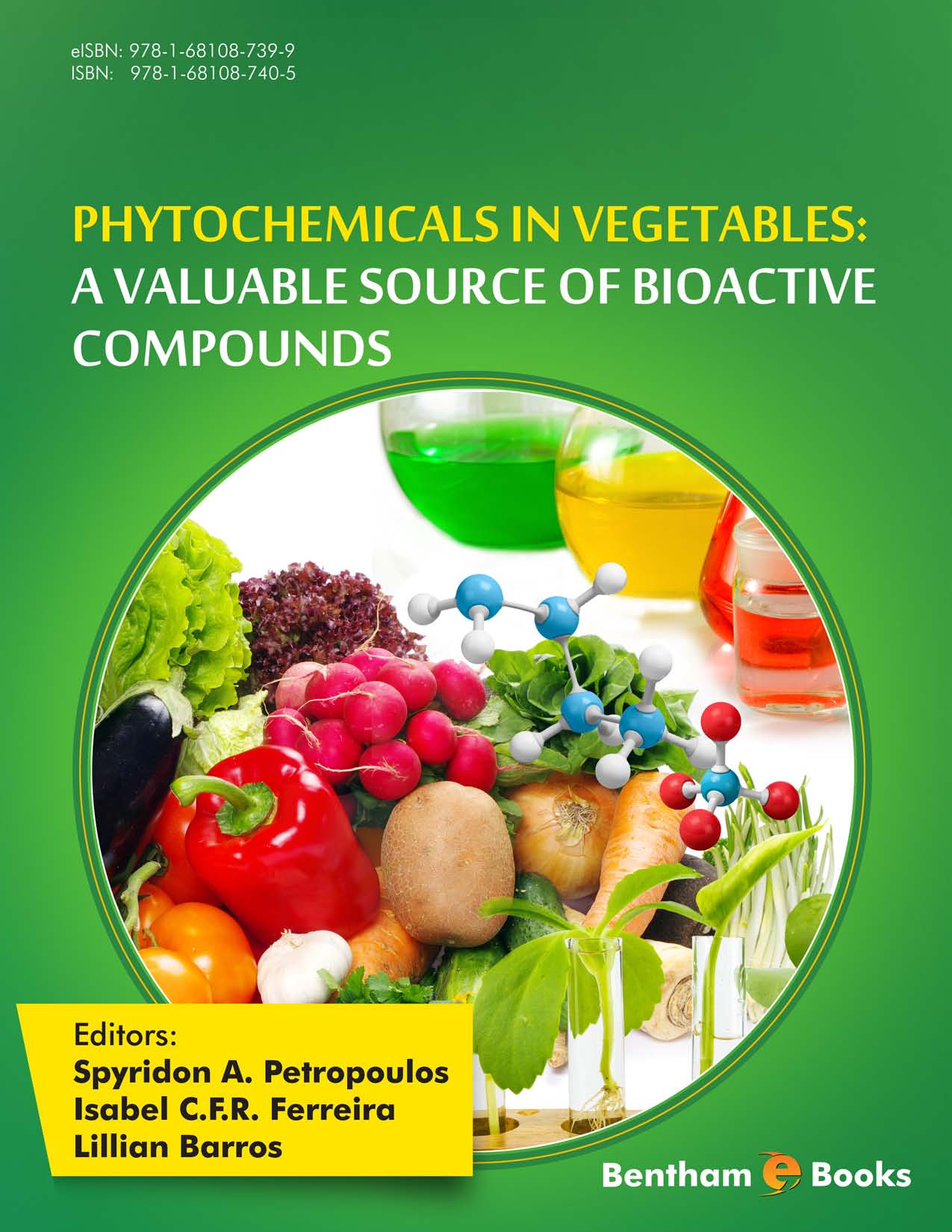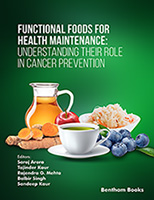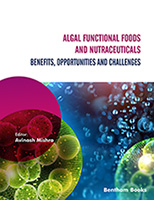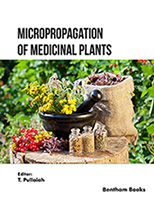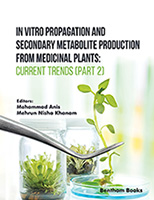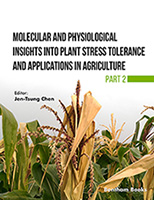Vegetables play a crucial role in the human diet, being relevant contributors to the intake of micronutrients (i.e., vitamins and minerals) and dietary fiber and prebiotics, as well as occasionally of digestible carbohydrates and proteins (e.g., tubers and pulses). Furthermore, beyond their nutrient composition, vegetables contain a range of non-essential bioactive compounds (i.e., phytochemicals), among which carotenoids and polyphenols, including flavonoids, phenolic acids, stilbenes, lignans or tannins, are prominent, with others such as glucosinolates (in Brassicaceae), cysteine sulfoxides (in Allium species) or betalains (in beets) having more limited distribution.
Phytochemicals have attracted much attention in recent times as they may provide additional health benefits to the consumption of vegetables and other plant foodstuffs. The dietary intake of these compounds has been related with the prevention of some chronic and degenerative diseases that constitute major causes of death and incapacity in developed countries, such as cardiovascular diseases, type II diabetes, some types of cancers or neurodegenerative disorders like Alzheimer’s and Parkinson’s diseases. Nowadays it is considered that phytochemicals contribute, at least in part, for the protective effects of fruit and vegetable-rich diets, so that the study of their role in human nutrition has become a central issue in food research.
Consumers more demand for healthy and nutritious natural foods, while they are increasingly reluctant to chemical additives. These are requirements that fresh or minimally processed plant foods like vegetables can meet. Nevertheless, time constraints in developed countries have led to a decreasing tendency in the preparation of daily meals based on fresh ingredients. In this context, phytochemicals-rich foods are of great interest for both consumers and food industry that can use them as sources of bioactive ingredients for functional foods, nutraceuticals or dietary supplements. Moreover, owing to their properties, some phytochemicals might be used as natural additives, like antioxidants, preservatives, colorants or taste enhancers. Last but not the least, their bioactivity makes them also interesting to pharmaceutical and cosmetic industries for the development of drugs or cosmeceuticals.
Acknowledged experts in their fields have collaborated in the preparation of this book under the coordination of Prof. Spyridon A. Petropoulos, Prof. Isabel C.F.R. Ferreira and Dr. Lillian Barros. Throughout 12 chapters, a comprehensive overview is provided on the main groups of cultivated edible vegetables, as well as on some particular less used or locally employed native species that might be promoted for larger use in human nutrition. The coverage is ample, while the main focus is put into the interest of vegetables as phytochemicals sources, aspects such as plant description, chemical composition, influence of breeding, post-harvest or processing on bioactive compounds, health effects, bioaccessibility or bioavailability are also dealt with. No doubt that the book will be very useful for academic and industrial scientists, but also for students and consumers concerned about their health or who wish to delve into the knowledge of vegetables, their nutrient and phytochemical composition and their undoubted relevance in the human diet.
Celestino Santos-Buelga
Food Science, Faculty of Pharmacy,
University of Salamanca,
Spain

